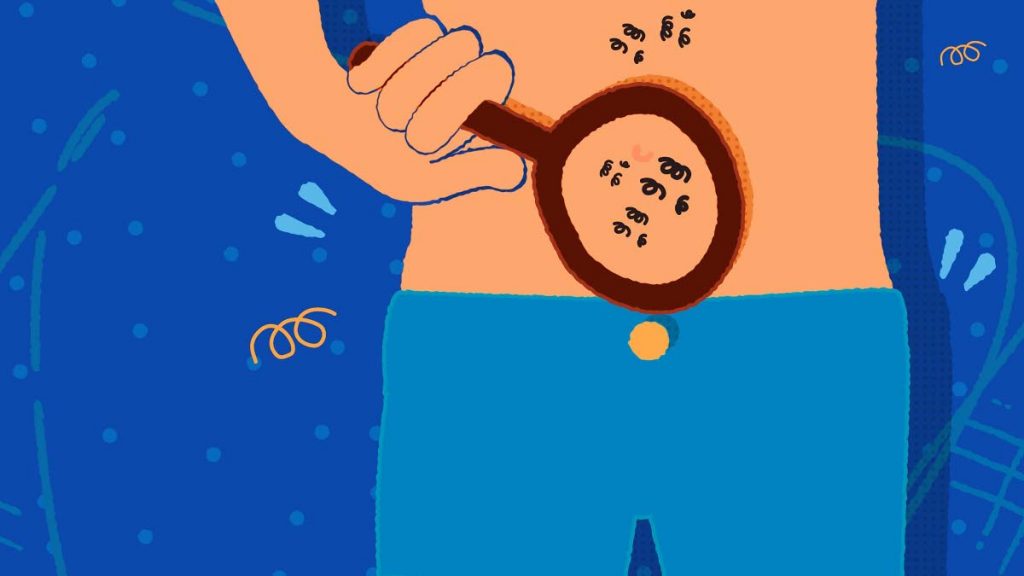Helping children navigate adolescence

The new school term is entering its second week and my son is happy. But not for academic reasons, as I had hoped when he declared a few days before school re-opened, “I never thought I’d be saying this, but I’m glad to be going back to school.” He is just glad to be spending time with his friends after close to five weeks without seeing them.
But there was also a little bit of a disappointment on his return. He was hoping to experience his growth spurt during the vacation, and when he had to go back to school much the same height as he was at the end of the last school term, and with no hair growth anywhere except on his head, he was somewhat crestfallen.
“It will come, Puppy. Nothing happens before its time,” I said as I watched him get dressed for his first day back. “Honey,” he reminded me about his personal choice of a more big-boy pet name for him, “and when will the time be right?” I referred him to that part of an article on healthychildren.org which says during early adolescence, the period of transition between childhood and adulthood, “children often start to grow more quickly. They also begin to notice other body changes, including hair growth under the arms and near the genitals, breast development in females and enlargement of the testicles in males. They usually start a year or two earlier in girls than boys, and it can be normal for some changes to start as early as age eight for females and age nine for males.” I also reminded him about the times in his ten-year-old lifetime when he was anxious about things not happening and how they did when he least expected them to.
I really feel it for him because I recall how much anxiety went into waiting for my version of a growth-spurt. But I’m glad his development is taking its cool time because personally, I believe that this generation of children are growing up much faster than they ought to be. For while the physical development may look good on them, a lot of them are not equipped to deal with the sexual, cognitive, social, and emotional developments that also come at that age. At this point I would much rather have my boy spend hours playing outside with his friends than to spend the remainder of his childhood looking out for hair that’s not ready to grow, or obsessing with the non-existent crack in his still high-pitched voice.
It’s completely natural for adolescents to want to speed up their physical development, especially as soon as they get to secondary school and peer pressure plays an even more prominent role in their lives. I can vividly recall the hours I spent looking in the mirror to see if the little bumps forming on my chest had turned into "grapefruits" so I could wear a bra instead of a vest under my school shirts. And how many times I had tried to will myself to feel menstrual cramps and the numerous runs to the bathroom to see if my mind was strong enough to bring down even a trickle so I could join in the big-girl period conversations. The latter didn’t show itself until I was well into 13, and after a few cycles I began to wonder why I wanted it to so badly. The medium-sized "grapefruits" didn’t come until pregnancy, decades after I had expected them.
Today, thanks to the internet and social media, these adolescent developmental cravings are even stronger and can sometimes be cause for serious concern. Google, Instagram and Twitter form a major part of the everyday life of the average young person and the way they look is of utmost importance. Unfortunately though, almost every day we hear about teens and pre-teens becoming victims of sexual solicitation as a result of these social media sites. Apart from closely monitoring our children’s online activities, there are interactive ways in which we can help navigate them through the maze that is adolescence.
· Help your child anticipate changes in his or her body, healthychildren.org advises. “Learn about puberty and explain what's ahead. Reassure them that physical changes and emerging sexuality is part of normal, healthy development. Leave room for questions and allow children to ask them at their own pace. Talk to your paediatrician when needed.”
· Start early conversations about other important topics. “Maintain open communication about healthy relationships, sex, sexuality, consent, and safety (such as how to prevent sexually transmitted infection and pregnancy, and substance use). Starting these conversations during early adolescence will help build a good framework for discussions later.
· Keep conversations with your child positive. “Point out strengths. Celebrate successes.”
· Be supportive and set clear limits with high, but reasonable expectations. “Communicate clear, reasonable expectations for curfews, school engagement, media use, and behaviour, for example. At the same time, gradually expanding opportunities for more independence over time as your child takes on responsibility. Youth with parents that aim for this balance have been shown to have lower rates of depression and drug use.”
· Discuss risky behaviours, such as sexual activity and substance use, and their consequences. “Be sure to set a positive example yourself. This can help teens consider or rehearse decision-making ahead of time and prepare for when situations arise.”
· Honour independence and individuality. “This is all part of moving into early adulthood. Always remind your child you are there to help when needed.”

Comments
"Helping children navigate adolescence"